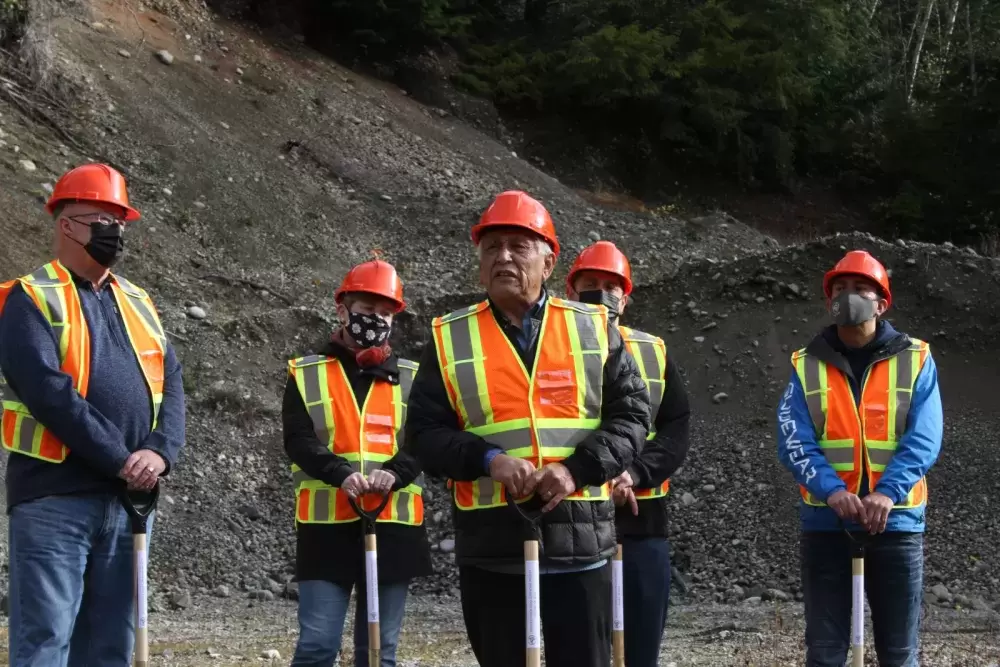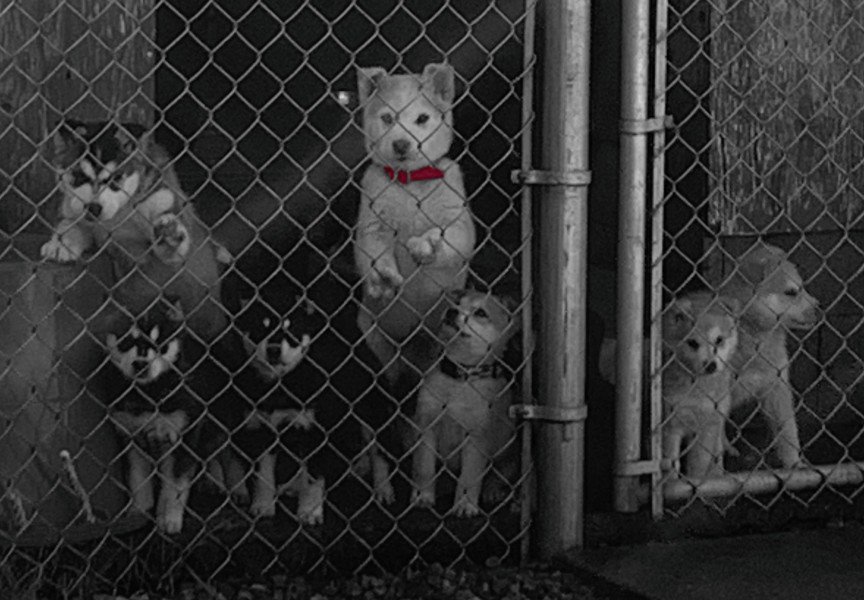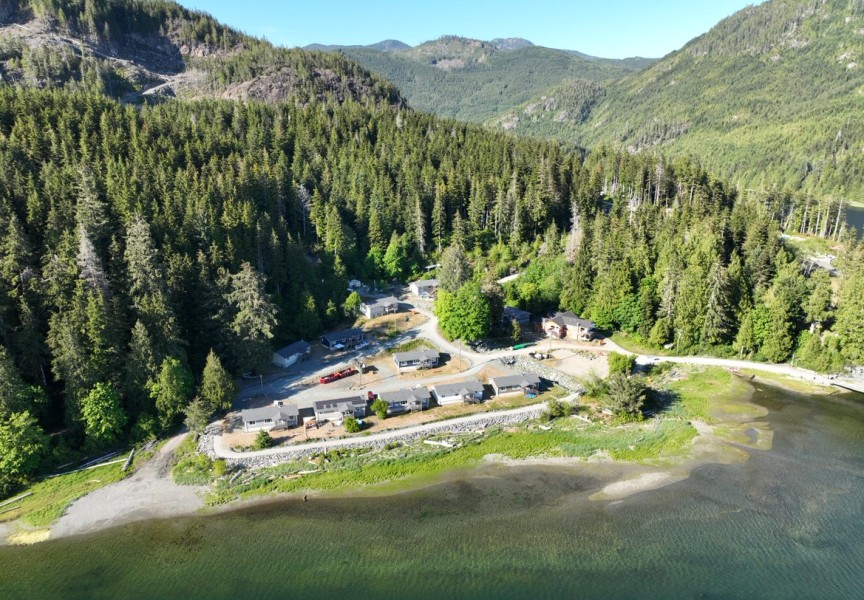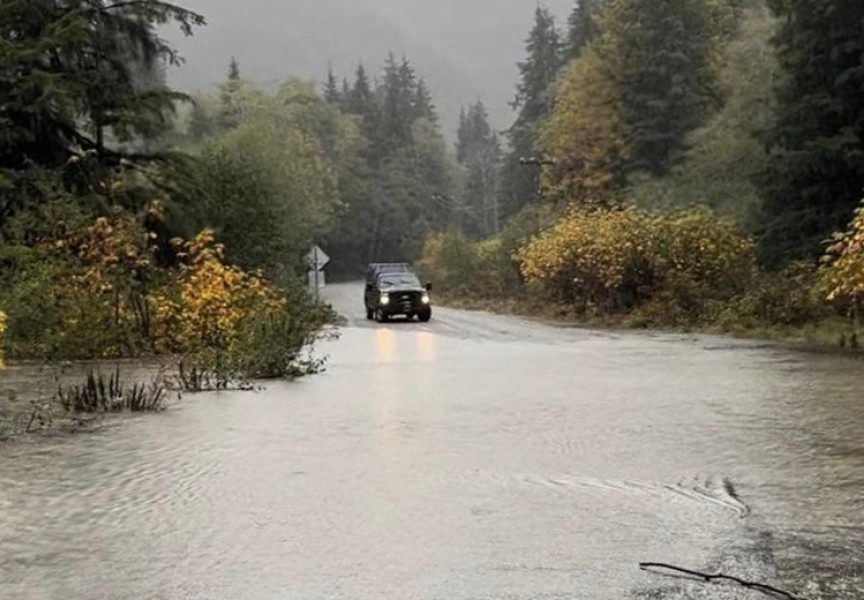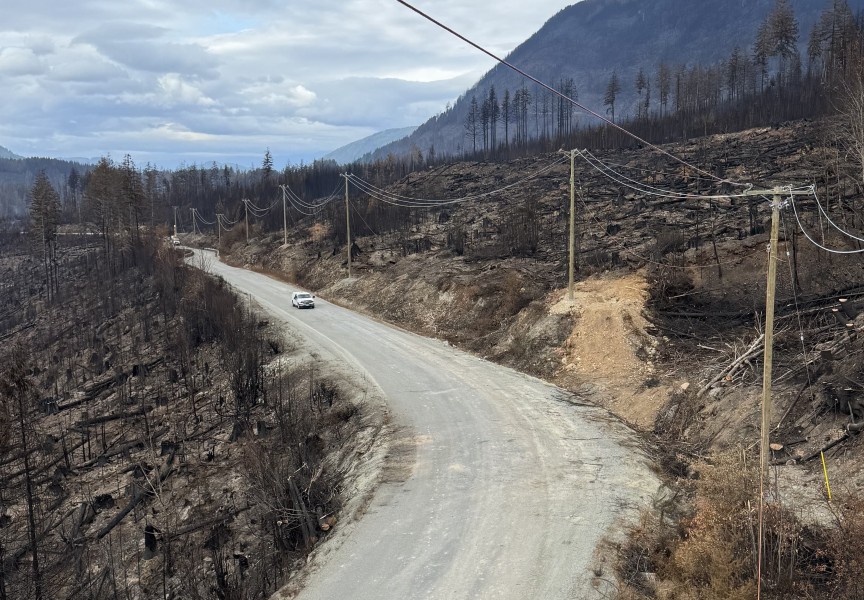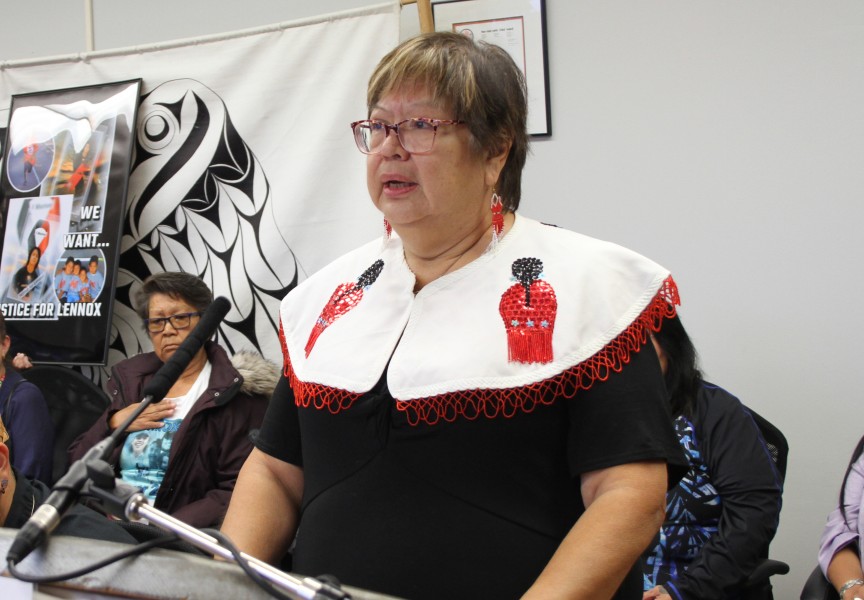Despite a stormy winter that brought disastrous rains in various parts of the province and heavy snowfall for Vancouver Island, work on the Bamfield road is on schedule, with an improved surface due for completion by the fall.
In October the physical work to improve the 76-kilometre stretch of road south of Port Alberni began with the collection of gravel to build shoulders and ditches. So far 250,000 cubic metres of gravel has been packed, as well as culvert repairs and the installation of new roadside barriers and signs.
In mid November a series of atmospheric rivers hit British Columbia, causing floods that put the province in a state of emergency and cut off supply channels. Then in early January a snowstorm caused power outages across much of the west coast of Vancouver Island, cutting off communication lines to remote communities like Bamfield and the neighbouring Huu-ay-aht village of Anacla.
It’s a winter that makes Huu-ay-aht Chief Councillor Robert Dennis thankful the nation’s government decided to put off all of the chip sealing to 2022.
“We were going to start some of it last year, but we decided to delay and try getting all done,” he said.
“There was no delays,” said Huu-ay-aht Councillor Edward Johnson of the work undertaken in the winter. “We’re just identifying quarries to get the aggregates to get the gravel for the road.”
Three gravel pits have so far been identified to supply the project, with one of these awaiting a final mining permit.
Now the First Nation has issued tenders to undertake the road surfacing and construction. Most of the road is planned to be widened to eight metres, and construction is expected to begin in late March, progressing into July when the seal coating begins. This process entails coating the dirt and gravel road with a one-and-a-half-inch combination of liquid asphalt and rock chip. The seal coat is expected to be completed by the end of September.
After the following winter steep portions of the road are planned to be fully paved, creating a harder surface where the most wear occurs. This is set to be completed by fall 2023.
“All of the big hills will be paved,” said Dennis.
“It’s exciting to think about. Next year it will be a smooth road,” added Johnson.
Artistic designed have also been selected to illustrate the signs showing distance markers on the road.
“A citizen put a design forward and it was picked,” said Johnson. “The kilometre signs will have First Nations art on there.”
Vulnerable to deep ruts and washouts in the rainy season and thick clouds of dust in the summer, the road to Bamfield and Anacla has long been considered a treacherous part of life for those who live in the remote communities. Since the road opened to regular traffic in the early 1970s the Huu-ay-aht have lobbied for a safer land passage from Port Alberni to its ancestral homeland.
Over the years eight Huu-ay-aht citizens died on the road, then on Sept. 13, 2019 a bus full of 45 University of Victoria students and two teaching assistants slid off the road down an embankment during an annual trip to the Bamfield Marine Sciences Centre. Two students were killed in the accident.
Premier John Horgan soon travelled the road to meet with Huu-ay-aht representatives, and by September 2020 the province had committed $25.7 million to fund improvements to Bamfield Main, adding to the Huu-ay-aht’s pledge of $5 million.
But this would not end tragedy on the dangerous route. On Oct. 24, 2021 a vehicle left the road to hit a tree shortly before 1:30 a.m., claiming the life of Huu-ay-aht member Tim Manson. The RCMP stated that alcohol was not a factor in the crash, although road conditions, poor weather and limited communication to the remote section of the road challenged first responders to come to the scene.

